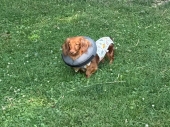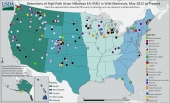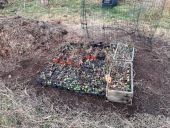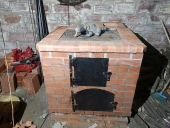I've been learning about hypochlorous acid solution. It sounds like a very effective solution for all kinds of viruses, including avian flu and covid, among many others. It is used in hospitals as a very effective disinfectant as well. It is very easily made at home once one has the right equipment, which is an initial investment of between about $50 and $100, depending on the size container one opts for. After that, it is simply a matter of mixing non-city water, non-ionized salt , and vinegar into the equipment and mixing a few minutes. One is also able to test strength of it by getting testing strips for pH as well as levels of chlorine.
Here is a link to a youtube video showing a bit more about it:
https://www.youtube.com/watch?v=PUAS2FrAojw
And here is a science experiment done with it on avian influenza:
https://pmc.ncbi.nlm.nih.gov/articles/PMC4363024/
There are many more such experiments and information on the internet about it as well.
I read that some people are also taking it internally as a preventative.
And it seems mammal bodies make hypochlorous acid naturally as a defence mechanism against infectious organisms.
I find it all sounds rather promising!










